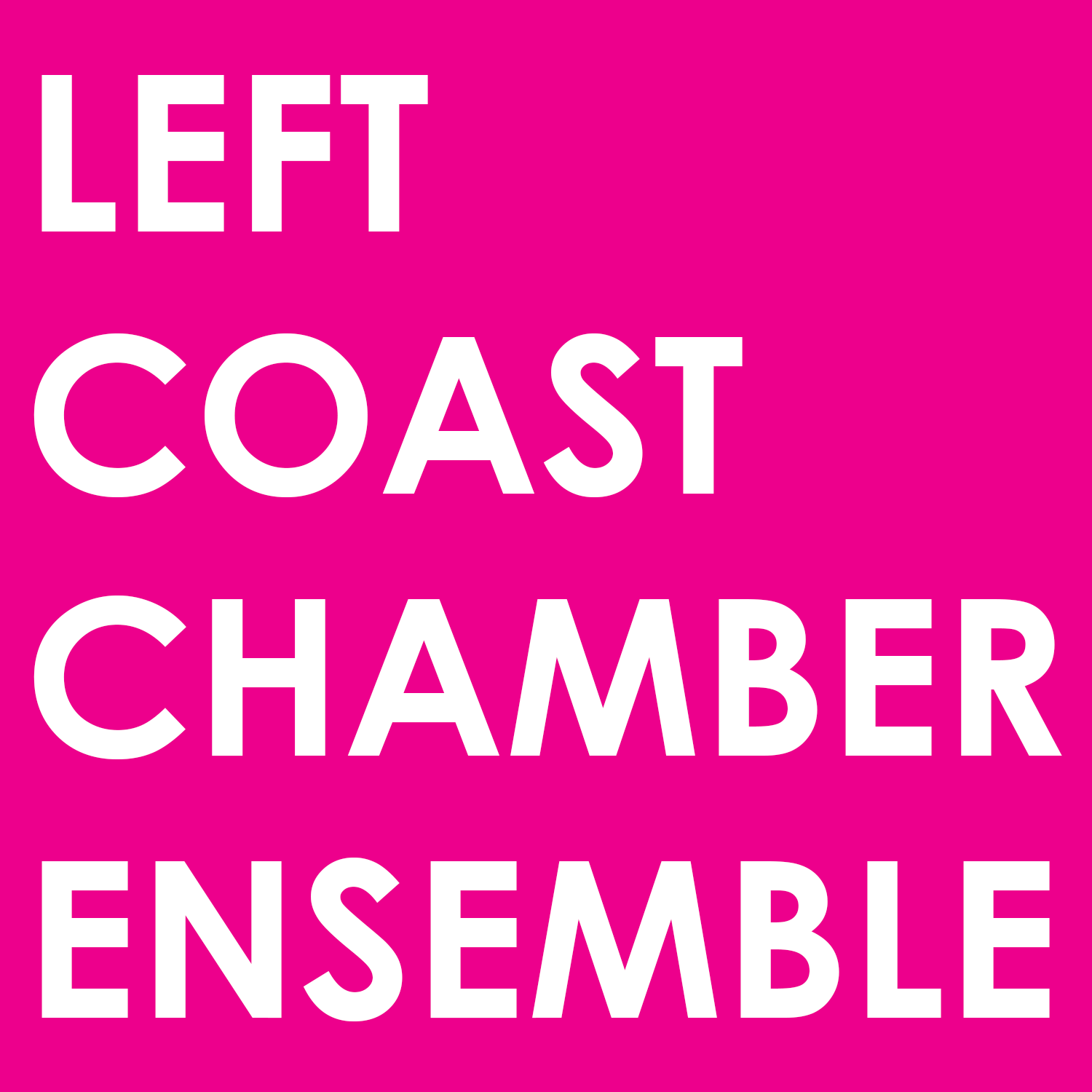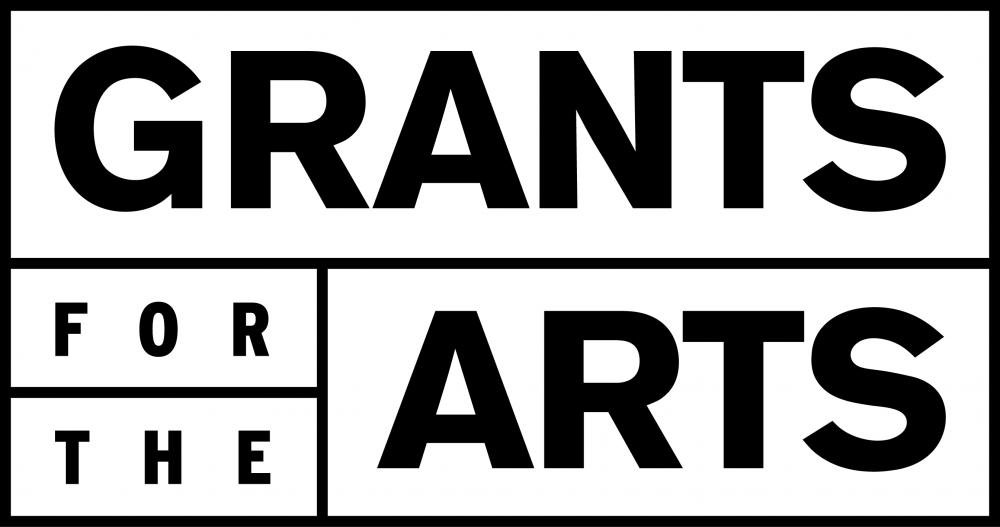Spun Light - a distanced violin concerto from Mark Winges
Left Coast players join forces with composer Mark Winges and Icelandic violinist Hrabba Altadottir to premiere this new socially-distanced concerto. All players safely recorded their parts individually and the final work is spun together to create a chamber music variation of the concerto form, and a decidedly different take on how musicians collaborate. This three-movement work includes a video element that combines visuals of performers with other images — the realization by videographer Taylor Joshua Rankin is an integral part of the piece.
Hrabba Atladottir
Virtual Event
Monday, February 8, 2021, 7:30pm Pacific Time
This event is free to enjoy!
**WATCH HERE**
Performers
Hrabba Atladottir, violin solo
Phyllis Kamrin, viola
Leighton Fong, cello
Michel Taddei, bass
Allegra Chapman, piano and toy piano
Stacey Pelinka, flute / alto flute
Enjoy thi sneak preview:
Preview video by Mark Winges & Tina Harrington
Technical Team
Jeff Kolhede, engineer (Oakland) and mixmaster magnifique
Ólafur Elíasson, engineer (Reykjavík) and coordinator maximus
Taylor Joshua Rankin, videographer and editor extraordinaire
Guðrun Olafsdottir, videographer (Reykjavík)
Recorded at 25th Street Studios (Oakland) and Studio Ólafur Elíasson (Reykjavik)
Program Note
Spun Light is a chamber concerto in three movements for violin and five players. It follows a traditional fast – slow – fast sequence in its unfolding, and was written and recorded in the last half of 2020. While the violin often has a leadership role, the other instruments (flute / alto flute, viola, cello, bass, piano / toy piano) have strong voices that engage in quintessential chamber music interplay with the violin and with each other.
The Pink Echoes of a Sunrise begins and ends with repeated notes (mostly harmonics), with other bits of repeated notes serving to bind the movement together as it progresses. Seeking the Moon Dust has long stretches of melodic cantilena, mostly but not exclusively from the violin. We Have Danced This Dance Before has more interplay among all the instruments, with moments where several players find themselves in the perfect agreement of unison passages.
Overlaying the entire piece is how it was made during this pandemic time in which we live. This started from a very simple premise: since an ensemble of this size cannot safely rehearse and perform together, what kind of piece can I create that will use that fact as a feature rather than a bug? Several responses to that question guided me: a) a recorded piece that includes video, b) each player recording their part separately then edited together, and c) exploit techniques and musical ideas that can only be done on a recording.
An inquiry to 25th Street Studios in Oakland confirmed that this manner of recording was possible (very few people in the building, and only a single performer and Taylor, the videographer, would be in the recording space at the same time). The adventuresome spirit and enthusiasm shown by Hrabba, Stacey, Phyllis, Leighton, Michel and Allegra gave me the green light to create this piece. Recording separately was actually the only way the piece could be made, since Hrabba (who lives in Berkeley) was back in her native Reykjavik at the time of the recording.
Some of the “only possible in a studio” techniques I used are: clapping and finger-snapping (recorded separately and combined with a performer’s musical line), and adjusting the balance between the toy piano and other instruments (this allows the toy piano to be used in places where it would be too soft in a live performance). There are also some passages where Phyllis and Leighton are each playing two musical lines. They too were recorded separately then edited together. Another significant technique was my composing sections of music that do not have to be precisely coordinated. Seeking the Moon Dust was written entirely this way – coordination points were achieved when the piece was edited together rather than players performing to a click track.
My profound gratitude to the performers, to engineers Jeff and Olaf, to videographers Taylor and Gudrun, and to LCCE guiding spirits Anna and Susan for spinning this light with me.
About the Artists
Mark Winges was born in Louisville, Kentucky, and currently resides in San Francisco, where he has been resident composer / advisor for the chamber choir Volti since 1990. He was also composer-in-residence for the San Francisco Choral Artists in the 2012-13 season. He is a graduate of the College-Conservatory of Music - University of Cincinnati, San Francisco State University, and has studied at the Musikhögskolan in Stockholm, Sweden with composer Arne Mellnäs.
Gramophone magazine has characterized his music as “Stylistically adventurous in setting, but strongly beholden to conventional means”. SF Classical Voice describes him as “a composer with the skill and self-confidence to write music that is clear, direct, and at times even simple, but not at all simple-minded”. Mark has had residencies at the MacDowell Colony, Fundación Valparaiso (Mojácar, Spain ) and the Ragdale Foundation. He has been accepted for a residency in January, 2021 at the Visby (Sweden) International Centre for Composers.
His Tomorrow’s Dream Not The Same for 16 solo voices was premiered by Volti last February, the performance slipping in a mere week and a half before the ‘great pause’. Other recent pices incude Light Becoming Song, a cycle of 18 pieces for organ written for Hans-Ola Ericsson, and Adventure in the Air, a concerto for soprano saxophone and wind orchestra. His trio Loki’s Lair, written for Eight Strings and a Whistle, was performed at the Sacramento New Music Festival, at the Tenri Cultural Center in New York, and has been recorded for CD release. Two upcoming projects are a song cycle for mezzo-soprano and instruments for Megan Ihnen and a series of short works for pianst Blaise Bryski. More information at markwinges.com
Icelandic violinist Hrabba Atladottir studied in Berlin, Germany with professor Axel Gerhardt and professor Tomasz Tomaszewski. After finishing her studies, Hrabba worked as a freelancing violinist in Berlin for five years, regularly playing with the Berlin Philharmonic Orchestra, Deutsche Oper, and Deutsche Symphonieorchester. Hrabba also participated in a world tour with the Icelandic pop artist Björk, and a Germany tour with violinist Nigel Kennedy. Joshua Kosman, music critic of San Francisco Chronicle, praised her performance of Vivaldi’s “Spring”, and called her violin playing “delicate but fervent.”
In 2004, Hrabba moved to New York, playing on a regular basis with the Metropolitan Opera, New York City Opera, Orchestra of St. Luke’s and New Jersey Symphony Orchestra among other orchestras. She also played with the Either/Or ensemble in NY in close collaboration with Helmut Lachenmann.
Since August 2008, Hrabba is based in Berkeley, California, where she has been performing as a soloist and with various ensembles such as The Left Coast Chamber Ensemble, The Empyrean Ensemble, the ECO ensemble, the San Francisco Contemporary Music Players, and New Century Chamber Orchestra. Since 2009, Hrabba is a lecturer in Violin at UC Berkeley.
And learn more about our Left Coast Chamber Ensemble musicians HERE!
Banner image by Jeanette Yu










